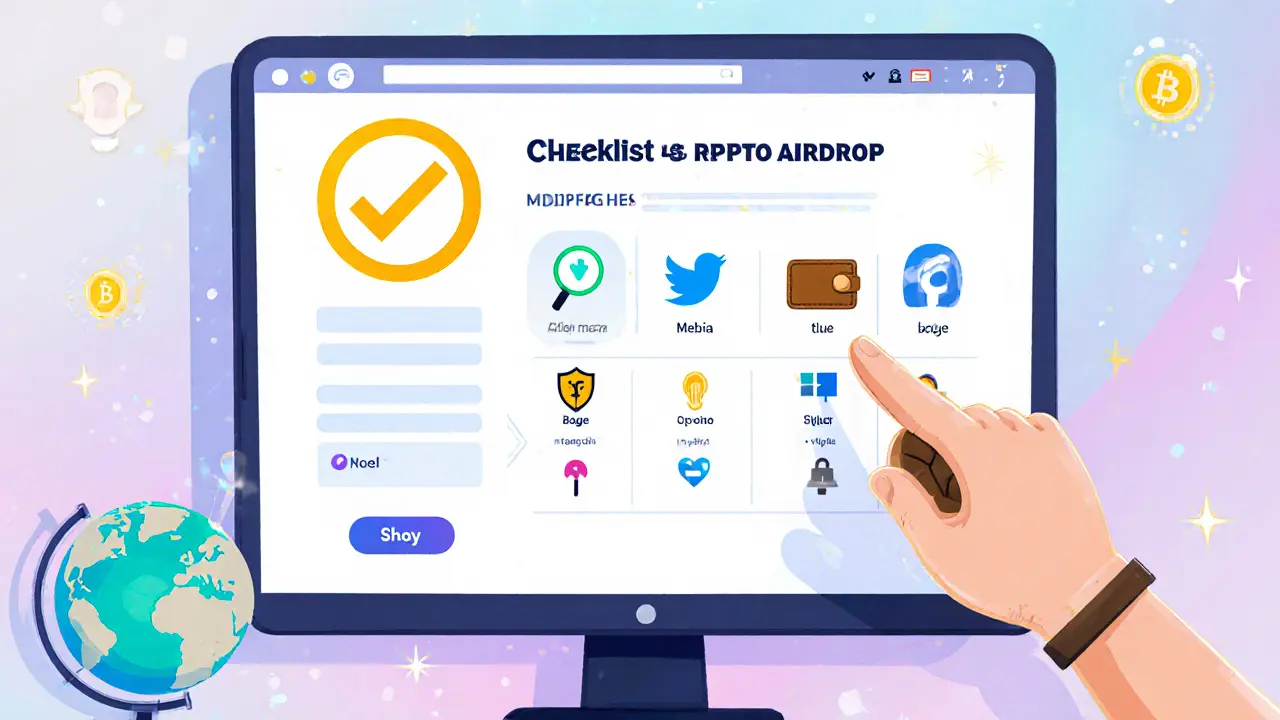When working with Airdrop Eligibility, the set of rules that decide which wallet addresses or users can receive a free token distribution from a crypto project. Also known as token giveaway eligibility, it protects projects from bots and ensures rewards go to genuine community members.
Every airdrop starts with an Airdrop, a marketing event where a blockchain project distributes its native token to a wide audience for free or in exchange for simple actions. Projects use airdrops to boost visibility, grow their user base, and seed liquidity. However, not everyone who hears about an airdrop will actually receive tokens – that’s where eligibility criteria come into play.
Eligibility Criteria, the specific conditions a user must meet to be counted as a valid participant vary from one campaign to the next. Common factors include holding a minimum balance of a related token, completing KYC verification, joining a Telegram channel, or completing a set of social tasks. Some projects also filter participants based on wallet age or transaction history to weed out newly created addresses that are likely to be bots. Understanding these criteria before you spend time on a claim form can save you hours of unnecessary effort.
How a project distributes its tokens directly influences the eligibility rules it can enforce. Token Distribution, the method a blockchain project uses to allocate its tokens to users, investors, or partners can be a simple snapshot of balances, a merit‑based reward system, or a hybrid approach that combines both. For snapshot‑based drops, the project records the state of a blockchain at a specific block height and rewards everyone who met the holding requirements at that moment. Merit‑based drops, on the other hand, might require users to complete tasks like retweeting, signing up for a newsletter, or staking a certain amount of tokens. Hybrid models often apply a base snapshot and then add bonuses for extra actions, creating layered eligibility that feels fair yet promotional.
Claiming a qualified airdrop usually involves a short workflow: verify your wallet, fill out a form on the project’s website or a partner platform like CoinMarketCap, and sometimes sign a message with your private key to prove ownership. Platforms such as CoinMarketCap, Telegram, or dedicated claim portals often list the exact steps, required documents, and deadlines. While the process is designed to be easy, never share your private keys or seed phrases. Legitimate claims only need you to sign a simple verification message – anything else is a red flag. Keeping an eye on official announcement channels helps you avoid scams that mimic real airdrops.
Below you’ll find a curated collection of recent airdrop eligibility guides, from the Phala Network 30 PHA drop to the SaTT (SATT) campaign and the Thoreum x CoinMarketCap giveaway. Each article breaks down the specific criteria, the snapshot date, claim deadlines, and safety tips. By scanning these posts you’ll quickly spot patterns – like the frequent use of wallet‑holding thresholds or community‑engagement tasks – and learn how to prepare your wallet for the next opportunity. Ready to see which airdrops you can actually claim? Dive into the articles and start planning your next free token grab.

Explore the current status of a Kalata (KALA) airdrop, market data, typical 2025 airdrop mechanics, verification steps, risks, and a ready-to-use checklist.